This is custom heading element
[post-fields post_field=”wpcf-subtitle”]
[post-fields post_field=”wpcf-byline”]
Tricia King still remembers the clinical case that informed her career. She was in graduate school, testing the cognitive abilities of a pediatric brain cancer survivor. She was startled to discover the patient’s IQ score had plummeted 30 points since the last time he had been tested.
“His raw score abilities had not changed,” says King, who is a developmental clinical neuropsychologist and professor of psychology at Georgia State. “The questions he previously answered correctly, he was still answering correctly. He just wasn’t gaining the knowledge and skills on the other items as fast as his peers.”
It was an eye-opening moment.
“For a long time, cancer research was really focused only on survival rates and not on complications that can occur from lifesaving treatments,” she says. “Now it’s about balancing survival with what can we do to help survivors thrive.”
King studies long-term survivors of neurodevelopmental issues that occur in childhood, including congenital heart disease, traumatic brain injury and pediatric brain tumors. Her research is focused on the factors that contribute to optimal — or less than optimal — outcomes after a developmental disruption like cancer.
In Childhood Cancer Awareness Month, we spoke with King about some of the ways that cancer and cancer treatment can affect kids across their lifespan.
As early diagnosis and treatments have improved, more children are surviving cancer. Today, 84 percent of children with cancer survive for at least five years beyond diagnosis. But once the cancer is in remission, their problems are not over. What are some of the aftereffects that survivors contend with?
Scientists are learning a lot now about how cancer treatment can change children’s growth and development. It can really alter kids’ developmental trajectories. Being children, it’s not just about a potential loss of function but an inability to gain at the same rate as their peers. Their rate of learning can slow down dramatically. The question is: How do we help them stay on course to attain the skills that their peers are developing? How do we help them continue to gain ground?

Are there unique challenges as cancer survivors age into adulthood?
Yes. Kids grow up and they want to drive and form romantic relationships and have increased independence. There are safety issues that arise. Can they engage in self-care and self-management when they’re on their own? Can they manage college? A full-time job? We know that childhood cancer survivors have high rates of unemployment and underemployment as adults.
Then there’s the healthcare piece. In the pediatric system there is a lot of support for youth and families. It’s a big deal when young people transition to adult healthcare providers, and there needs to be preparation early on — way before they turn 18 — to help them understand their condition, what it takes to manage it and to advocate for their needs. Survivors are encouraged to work with their healthcare team as youth to prepare for their independence and this transition of care.
Let’s talk about your research into how the brain is affected by cancer and cancer treatment. What is your team focused on?
In the past people only looked at survival rates and then eventually overall IQ. In more recent years, we are looking at a number of core cognitive skills that predict everyday functioning: things like attention, processing speed and working memory. These skills are important for communication, forming positive relationships with family and friends, and being successful in school and work. For example, if your speed of processing is slower, you may have trouble understanding cross talk in a social situation. By the time you understand the joke, everyone else is already on to the next conversation. We also use neuroimaging to look at the white-matter pathways and functional brain systems that are supporting their cognitive abilities.
Given the large number of survivors of childhood cancer, one goal is to have brief screening tests at annual medical follow-up appointments that are sensitive to subtle cognitive changes. This would enable the healthcare team to identify people who may benefit from a more thorough evaluation and cognitive interventions — and ultimately improve the standard quality of care. Early identification of individuals at risk for adverse long-term outcomes is critical.
What about genetics? What role does that play?
It can be confounding when you have two people who on the surface seem identical — same age, same sex, same tumor type, same treatment — and yet one is doing well and the other remains devastated years later. Our team is looking at common variations among individuals’ genetic profiles called single nucleotide polymorphisms (SNPs, or “snips”). We’re finding that some of these SNPs may be predictive of outcomes, either making people more resilient or putting them at higher risk for long-term difficulties. Some SNPs may even interact with treatment, making certain individuals more sensitive to the lifesaving yet neurotoxic effects of chemotherapy and radiation. For example, some SNPs are related to neuroinflammation or neuroplasticity and repair.
If we can identify critical SNPs, it may help us refine or modify individual patients’ treatment protocols. For example, someone may not need as high a dose of radiation or could have their radiation postponed without increasing their risk of mortality. We’re looking towards precision medicine where the risk-adapted treatment is really individualized for that person to help optimize their outcomes.
You’re also digging into the socioeconomic context of children with cancer. Why is that important?
Much like individual SNPs and clinical factors, socioeconomic contextual factors can also contribute to outcomes. If you do not have access to nutritious food, if you are in a very traumatic and stressful environment, if the quality of your local school is not strong, if you don’t have access to good healthcare, what’s that going to mean if you eventually develop cancer? What does it mean when you have chronic health conditions after surviving treatment for cancer?
We’re also looking at the family’s material hardships and how that affects their capacity for caregiving. If the family’s struggling to put food on the table, you can only imagine the struggle to have a child in treatment for cancer. Do they have to decide between paying for food or medication during treatment and recovery? Do they have the money to participate in physical or occupational therapy? We’re trying to look holistically at the predictors of cognitive outcomes to understand the brain’s recovery and growth across different environmental and genetic contexts.
Childhood cancer research is known for being underfunded. How does that affect your research?
The money that goes towards research in pediatric cancer is so small compared to, say, breast cancer or prostate cancer. And yet these individuals are going to be part of our healthcare system for a long time. If you look at how many survivors there are now — and how many years of life we have the opportunity to improve — we really need to be focused on helping them transition to adulthood, achieve independence and be active members of our communities.
I feel fortunate in my own career. The American Cancer Society and the Pediatric Brain Tumor Foundation have supported my research. The fact that there’s such a range of long-term outcomes can be cause for hope. There are people who need support for the rest of their lives, and there are people who’ve gone on to medical school after a pediatric brain tumor. If we can understand the factors that contribute to where patients will fall on that spectrum, we can use that knowledge to help others.
More than 95 percent of childhood cancer survivors go on to have significant health-related issues. How optimistic are you about improving outcomes for survivors?
I’m very optimistic. In the past five years, we’re learned so much about the genetics of the tumor and the genetics of the person and how each may interact to predict response to treatment and recovery. When I was starting my career, we didn’t have any of that detailed information. Now we are beginning to understand how tumor subtype and genetics affect how a patient processes and recovers from treatment. Cognitive and lifestyle interventions are also showing promise for improving long-term outcomes.
Today we can say “Oh, maybe there are individuals who will do well even with a lower treatment dose. Let’s try to identify those people.” For other people, maybe we understand it’s going to be more challenging, so we can provide more supports earlier in survivorship. It’s contributing to a future of much more fine-tuned, individualized treatment and recovery plans. It’s an exciting time, and we want to help contribute to this transformation that’s happening.

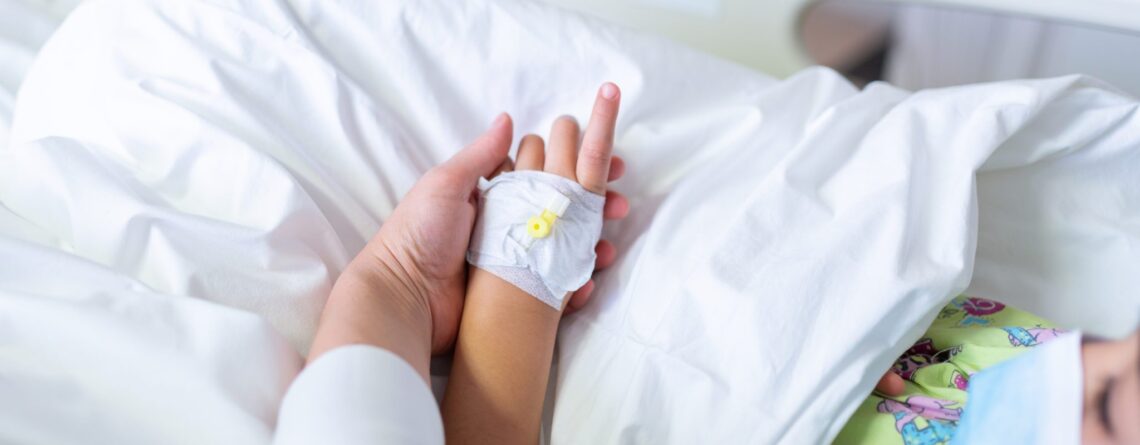
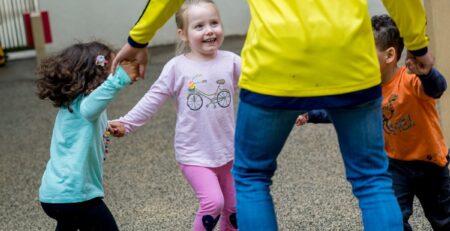
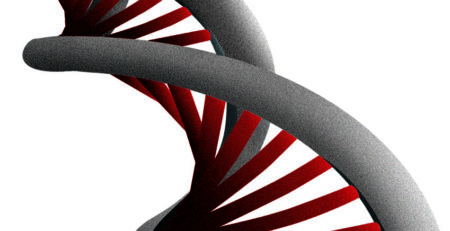
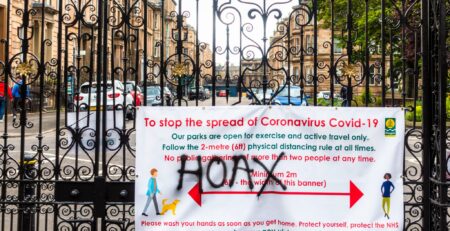


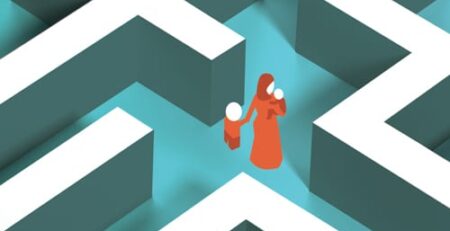


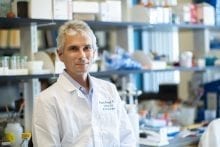
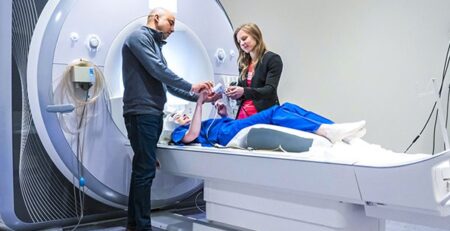
Leave a Reply